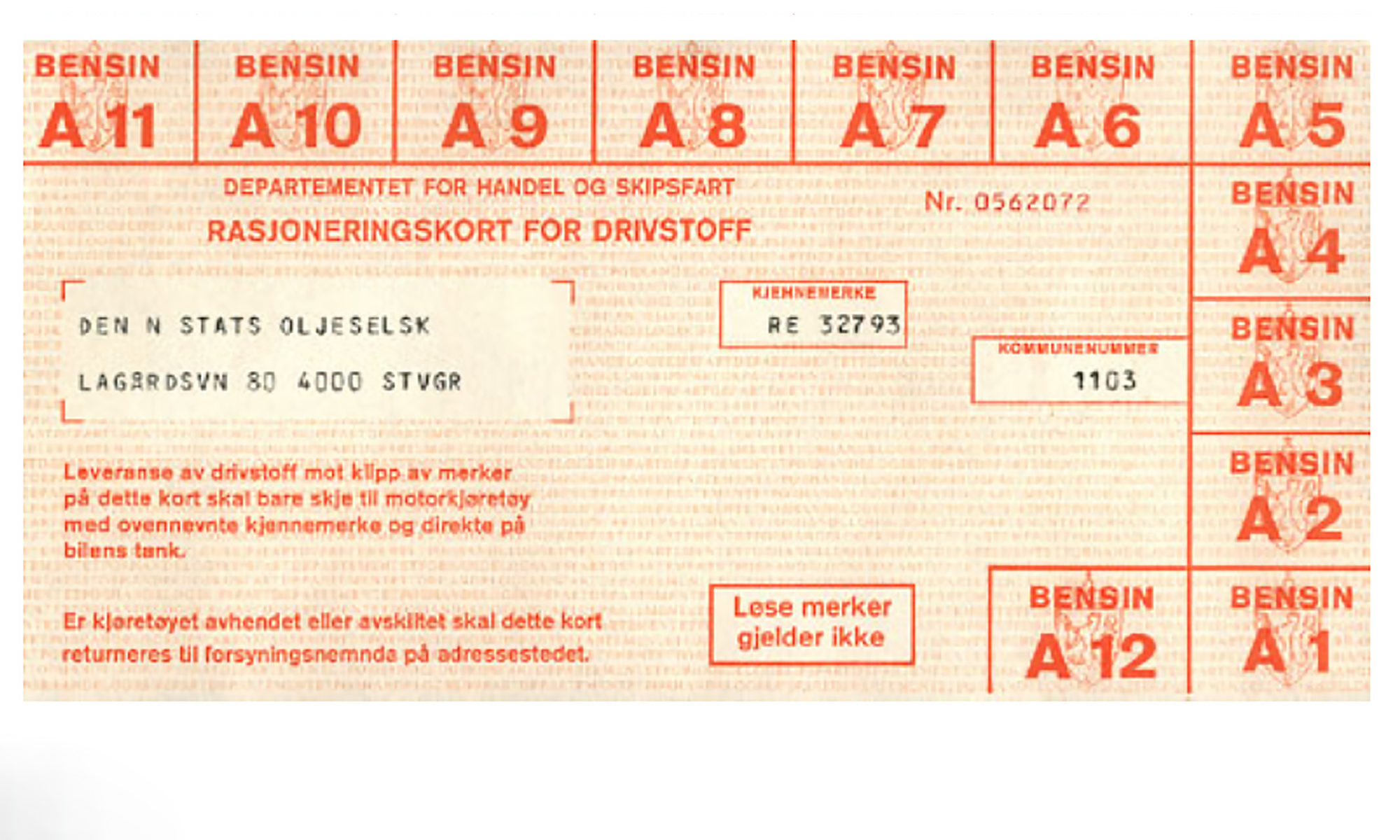Yom Kippur and oil crisis

This had in turn been caused by the war which broke out between Israel and its neighbours on Yom Kippur, the holiest day in the Jewish calendar. Since its creation in 1948, Israel had been in constant conflict with the surrounding Arab nations.
The fight which broke out on 6 October 1973 was the fourth of these wars and involved Egypt, Jordan and Syria. The USA supported Israel with military hardware. OPEC opted for the first time to use oil as a political weapon against countries supporting Israel politically and militarily. The organisation’s methods included production cutbacks, banning exports to certain countries and a substantial increase in crude oil prices.
These tactics aimed to influence the policies of industrial countries in the Middle East. Countries which did not support Israel were to get all the oil they wanted. That included the UK and France. Others, among them Norway, had their supplies reduced by five per cent a month. And the USA and the Netherlands, which supported Israel, were to get nothing.
This campaign had serious consequences for industry and oil markets throughout the western world. Oil importing countries were initially divided against each other, but eventually managed to combined in a special organisation called the International Energy Agency (IEA).
Reduced oil sales led to a drastic rise in prices, which reached USD 11.65 per barrel just before Christmas in 1973 – an increase of 400 per cent in three months. World trade in oil fell for the first time, and this decline persisted through 1974 and 1975.
In these conditions, petroleum resources in politically stable areas like the North Sea became even more valuable. This gave a boost to exploration activity and the development of oil and gas fields in the area. Increased oil prices also made discoveries much more valuable than earlier expected.
Discovery of East FriggOdin discovered